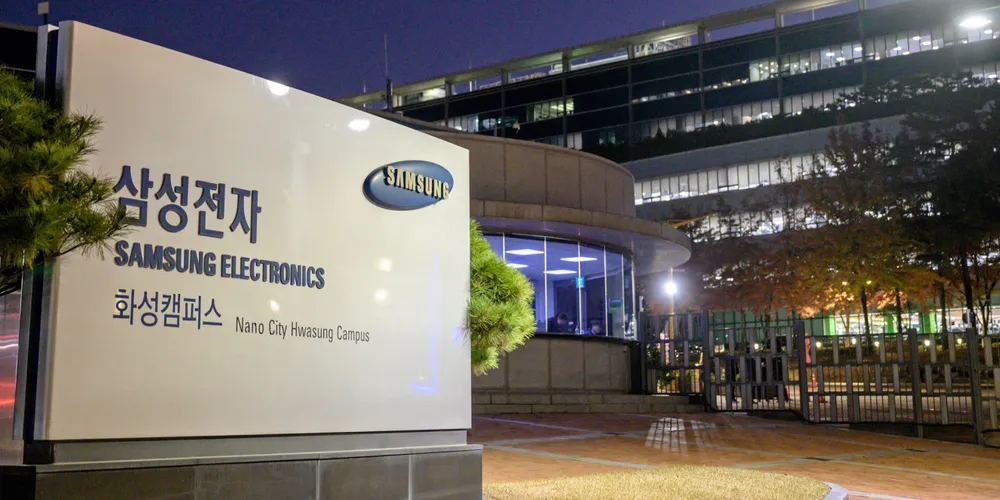'Red flag for green power' | South Korea slammed for Samsung snub after renewables downgrade
Latest national electricity sector plan is blow to large corporates such as industrial giant that want access to clean supplies, says campaign group

Latest national electricity sector plan is blow to large corporates such as industrial giant that want access to clean supplies, says campaign group
